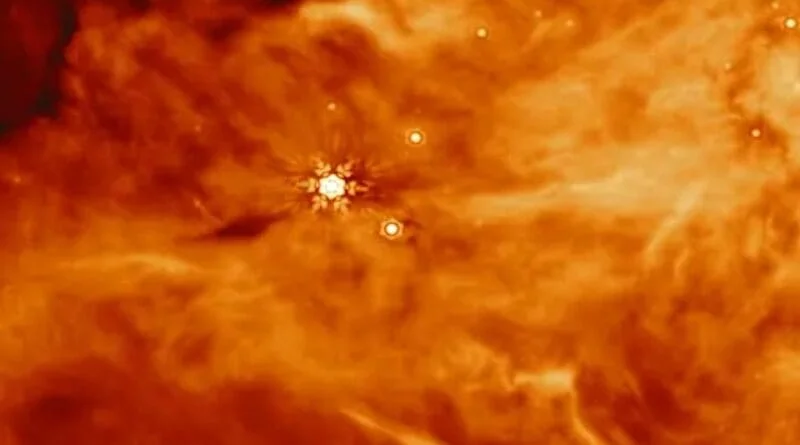An international group of scientists using the MIRI (Mid Infrared Instrument) instrument on the James Webb Space Telescope (JWST) discovered icy compounds of complex organic molecules in clusters of matter around the protostars IRAS 2A and IRAS 23385: ethyl alcohol.
Within the framework of this study, some organic substances, including those found in the form of solid aggregates, were previously recorded in the gaseous state – scientists assumed that the substance transitions from the solid to the gas phase with the help of sublimation; skipping the liquid. The discovery of icy organics gives scientists hope to better understand the origin of other, even larger molecules in space.
Researchers are trying to find out how these organic materials, which emerged in much later stages of the evolution of protostars, were transferred to the planets. It is believed that in the icy phase, these substances are transferred from molecular clouds to the disks where planets form more easily than in the hotter gas phase. In their icy form, they could fall on comets and asteroids, which would then collide with the resulting planets, providing the materials necessary for the potential origin of life.
Scientists have also discovered simpler molecules such as formic acid, methane, formaldehyde and sulfur dioxide. Research shows that sulfur-containing compounds played an important role in triggering metabolic reactions on young Earth. Of particular interest in this study is IRAS 2A, a low-mass protostar whose development may be similar to the early stages of the Solar System’s life. The organic materials found around this protostar probably originated in the early stages of the solar system’s development and were later transported to ancient Earth.













